Description
The Orange Two Stroke Boost EQ FX Pedal is currently retailing at £114.99 and it is in stock. Available to be delivered to you by post direct (some charge may apply). The top pedal chef at Just Pedals thinks that Orange nailed it here.
Orange dont only make solid, reliable amps they also have a great rep for pedals. The
Two Stroke boost pedal is a great middle point between the guitar and amp to make a simple, efficient and great sounding rock rig. Good for soloing, adding crunch to your lead and getting a few new sounds out of your old pickups.
12db Clean boost
The Two Stroke’s Oil knob controls the level of clean boost by up to 12dB – plenty to saturate your amp’s front end. What’s more, the pedal’s internal charge pump means the gain is genuinely clean. On many other pedals of this type, ‘unity gain’ is normally found at between 9-12 o’clock on the output level control, meaning much of the travel of the pot is actually wasted. Unity gain on the Two Stroke is at the Oil control’s minimum setting, allowing for more control across its range. If you just want to hear the effect of the pedal’s EQ, set the Oil to zero. Simple.
Active Dual Parametric EQ
Parametric EQ has many advantages over a traditional tone stack, or even a graphic equaliser. With no pre-defined frequencies, parametric allows for seamless control over your tone without complex sliders that can actually limit tonal flexibility and sound over-dramatic and unnatural. The Two Stroke features dual independent parametric bands, Hi (850Hz – 8.2kHz) and Lo (120Hz – 1.2kHz), which cover a wide and usable range. Each band has a finely tuned Q curve along with up to 18dB of cut or boost, meaning the Two Stroke is capable of shaping an infinite number of sounds with a smoothness that is lacking in most graphic EQs. With the Hi and Lo controls set to noon, the frequency response is totally neutral when all you need is a completely transparent boost.
Internal Charge
Like all Orange pedals, the Two Stoke features an internal charge pump which doubles the operating voltage to 18V. This has the effect of drastically increasing the headroom of the pedal whilst lowering the noise floor of the EQ. The result: the cleans are clearer and the tone circuit is significantly quieter than a regular 9V pedal. Plus it’ll take a hot signal without floundering, meaning the Two Stroke stacks really well with overdrive and distortion pedals. The Two Stroke can be powered by 9V battery or standard DC adapter, or for even more output can also run on 12V DC.
Buffered bypass
Whilst ‘true bypass’ switching is well intentioned, many players are now realising the importance of a high quality buffer in their signal chain in order to maintain tonal integrity. The Two Stroke’s buffered bypass takes care of this with its ultra-linear, low impedance buffered bypass switching, retaining your guitar’s upper harmonic content even with long cable runs and large pedal boards. It also eliminates the problem of switching ‘thump’ common to true-bypass pedals, so you can step on the Two Stroke with confidence.
We have new and used Orange musical equipment available on our website for fast direct delivery from sellers across the UK & Europe.
Orange Amplifiers is a British company widely regarded for its iconic, high-quality guitar and bass amplifiers, as well as a range of effects pedals. Founded in 1968 by **Cliff Cooper**, Orange has established itself as a leader in the music industry, known for its distinctive **orange-coloured amps** and **robust, punchy sound**. The company?s products are favoured by musicians across a variety of genres, particularly in rock, metal, and alternative music, for their powerful, dynamic tones and reliability. Iconic models like the **Rockerverb**, **AD30**, and **TH series** amps have become staples in both studio and live settings. In addition to amplifiers, Orange also produces a variety of **pedals** that complement their amps, offering overdrive, distortion, and fuzz effects. The company is known for its distinctive **vintage-inspired design**, exceptional durability, and ability to deliver rich, full tones that cut through the mix. Orange amplifiers and pedals continue to be popular among guitarists and bassists seeking a bold, distinctive sound with a touch of classic British heritage.
A boost pedal is used to increase the overall volume or gain of an instrument’s signal, typically without adding distortion or altering the tone drastically. It’s commonly used to push the amp into overdrive, making solos stand out or increasing the power of the signal for a more pronounced sound. Boost pedals can also be used to emphasise specific frequencies, helping the instrument cut through the mix during performances.
There are different types of boost pedals, such as clean boost and colored boost. Clean boost preserves the natural tone of the instrument while increasing the volume, whereas colored boost can alter the sound slightly, adding warmth, presence, or a subtle tonal shift. Popular boost pedals include models from Xotic, Electro-Harmonix, and TC Electronic, each offering different features like EQ controls, low noise, and transparency, allowing players to tailor their boost to fit their unique playing style.
An EQ (equaliser) pedal allows guitarists to shape their tone by adjusting the levels of different frequency ranges. Most EQ pedals feature multiple frequency bands—typically graphic EQs with sliders for specific frequencies or parametric EQs with adjustable frequency selection and Q width. These pedals can be used to cut unwanted frequencies, boost mids for solos, tighten bass response, or tame harsh treble. EQ is especially useful for fine-tuning distortion, compensating for tonal differences between guitars, or adapting to different amplifiers. Popular EQ pedals include the Boss GE-7, MXR Ten Band EQ, and Source Audio EQ2, making them an essential tool for tone control.
FX (short for “effects”) refers to a broad range of audio processing units used to alter or enhance the sound of musical instruments, particularly guitars, basses, and keyboards. These effects can range from simple tone adjustments to more complex transformations of the sound, adding texture, depth, and character to the performance. Common types of FX include delay, reverb, overdrive, distortion, modulation, chorus, flanger, phaser, and wah.
FX can be used in various combinations to create unique sounds and atmospheres, and they are typically found in the form of pedals or rack-mounted units. Some musicians also use multi-effects processors, which combine several effects in a single unit for convenience and versatility. FX are essential in shaping a musician’s tone, helping to define their signature sound, whether it’s a subtle enhancement or a dramatic transformation.
Just Pedals is a new Guitar Effect Pedals Marketplace – We feature new and used Guitar Effect pedals from different sellers, to purchase online from the UK.
We checked and good news we have it in stock, it has your name on it.
Order today and we will have it with you in a jiffy !
A pedal is an electronic device that alters the sound of an electric guitar by applying various effects. Pedals are typically connected in a series between the guitar and amplifier, allowing guitarists to switch effects on and off with their feet while playing.
This enables musicians to quickly and easily change their sound, adding versatility and creativity to their performances.
Pedals are essential tools in many musical genres, including rock, blues, jazz, and metal, allowing artists to craft distinctive and dynamic soundscapes.
Once you buy one, you can’t stop and then you have to sell them and buy more.
Just the latest videos
Just related products
£32.99
Excellent Sound Quality: Enjoy uncompromised o with true bypass design, preserving your guitar's original tone while boosting volume without clarity loss Versatile Tone Shaping: Achieve your ideal sound with 2-band EQ control, allowing separate adjus…
read more
£23.66
[Easy to Use] : Powered by ac adapter with led indicator for clear monitoring of working status. [Increase Volume without Coloring] : Enhance your sound without altering its tone quality. [Precise Two-band Eq Control] : High and low frequencies can b…
read more
£33.52
Caline's DCP series is a line of dual pedals. 2 popular combo of effects in 1 unit for a very useful space saving feature. It combines the Caline Villian boost with their Pressure Tank Diamond style compressor, a very common combination to put in fro…
read more
£429.55
Dual channel guitar preamp JFET circuit – delivers tubular sounds and response Separate EQ and volume control per cable 18 V power supply included Dimensions: 17.7 x 6.7 x 15.5 cm Weight: 1.3 kg
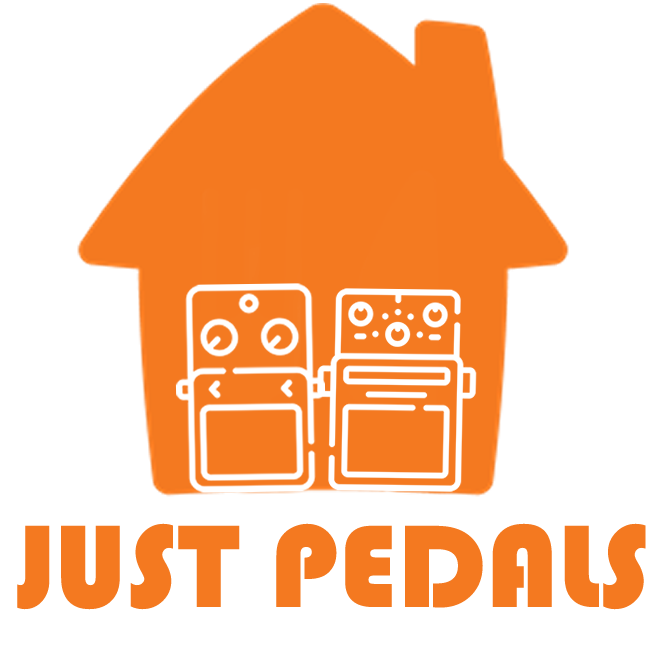
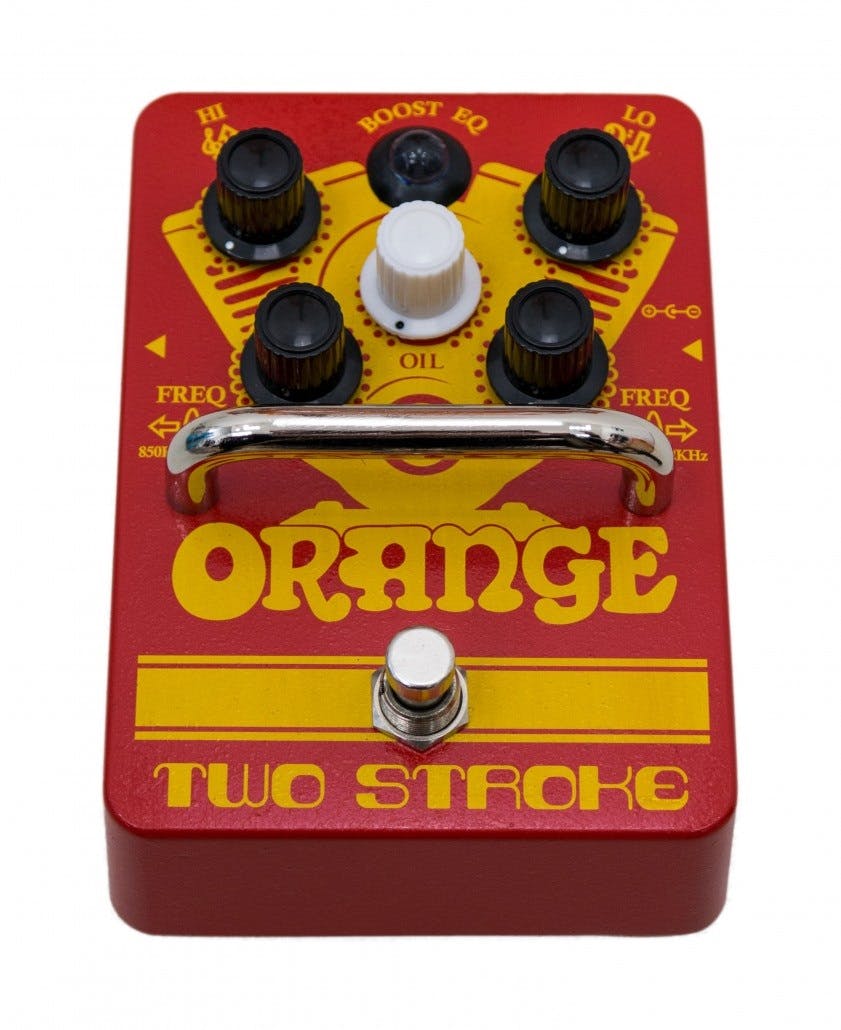
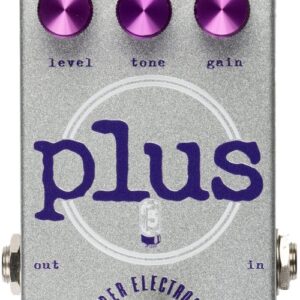
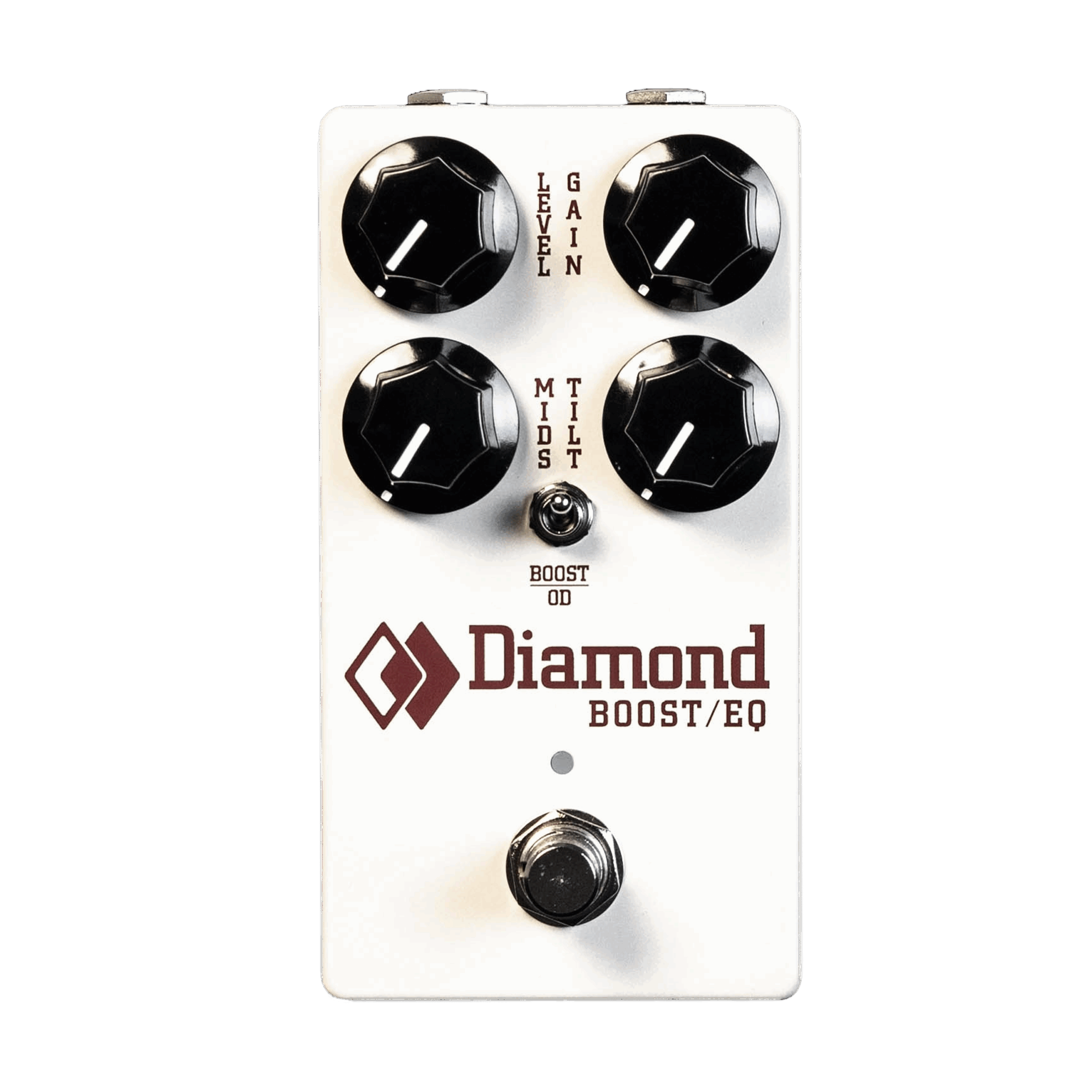
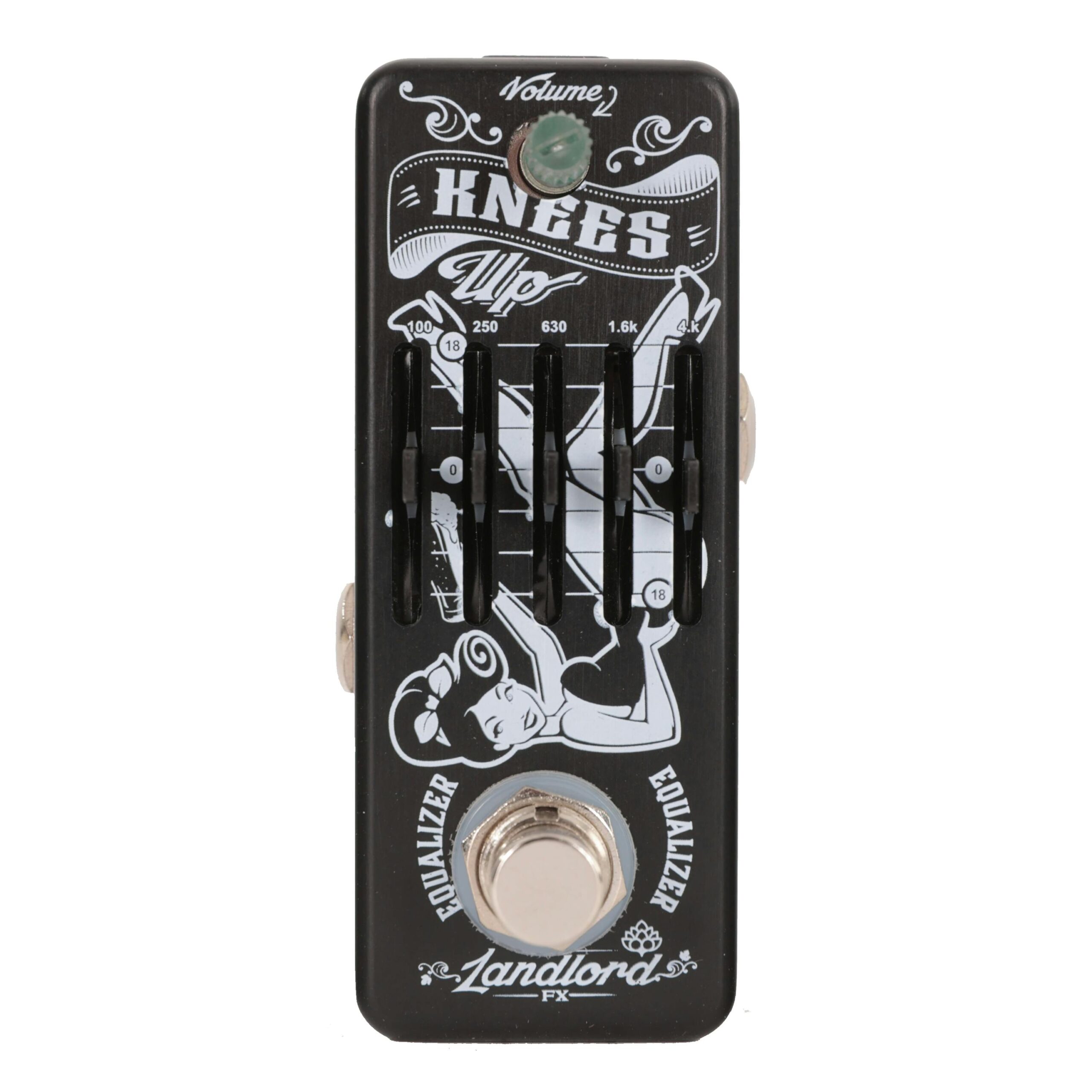
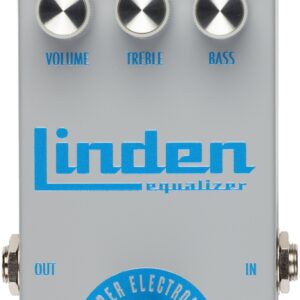
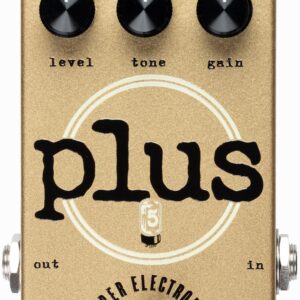
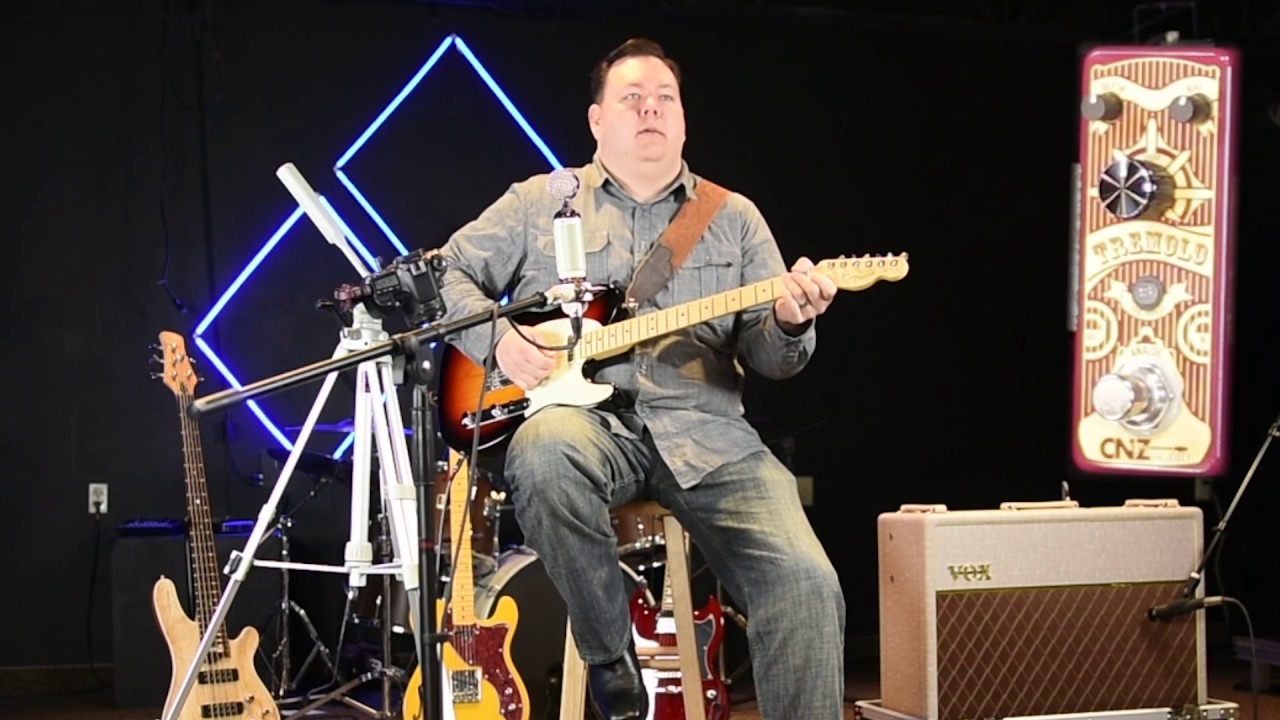
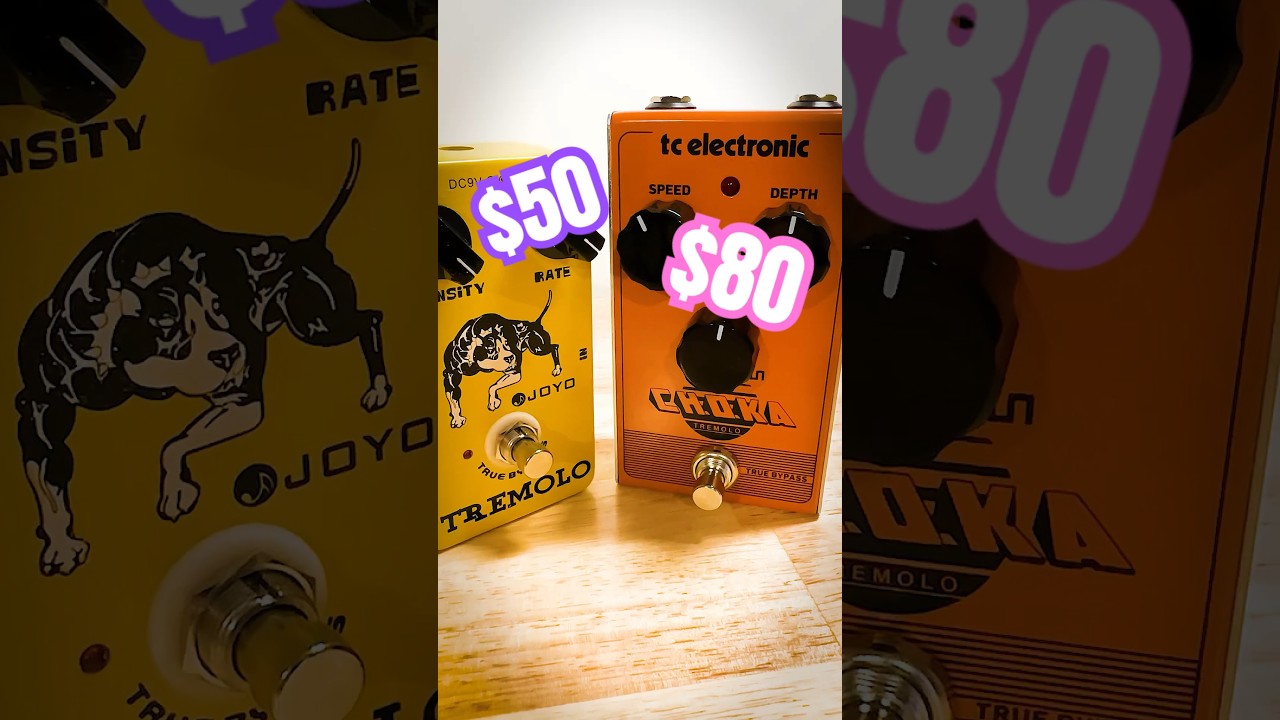








![[Easy to Use] : Powered by ac adapter with led indicator for clear monitoring of working status. [Increase Volume without Coloring] : Enhance your sound without altering its tone quality. [Precise Two-band Eq Control] : High and low frequencies can b...](https://m.media-amazon.com/images/I/41U2wyb4lXL._SL160_.jpg)
















